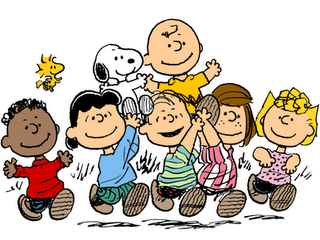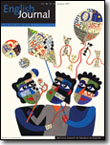Publication: Essay on Peanuts Parodies

Delayed Notification Dep't: The academic journal Studies in American Humor published my essay "Chips Off the Ol' Blockhead: Evidence of Influence in Peanuts Parodies" a while back (New Series 3 no. 14 [2006]: 91-103). (Actually, I think the issue wasn't published until 2007, although I could be mistaken.)
Like this announcement, the piece itself is a bit dated, but still worth it (if I do say so myself). I originally wrote the essay at the request of my good friend and mentor M. Thomas Inge, for a special memorial session on Charles Schulz and Peanuts at the Modern Language Association's 2000 convention. I was honored to be asked and to be able to discuss my deep admiration for Peanuts in a public forum. And public it was: Given people's general love of Peanuts, and Schulz's then-recent passing, the panel attracted a standing-room-only crowd. Lots more people than this then-graduate student had ever addressed before!
The panel generated lots of discussion, both during and after. The New York Times even featured an article about the panel (Hey Mom, I'm in the Times, I've made it!). Sadly, not everyone thought the panel was appropriate for a scholarly venue; nevertheless, I proudly wear our condemnation by the "research group" Accuracy in Academia as a badge of honor ("Sanity MIA at MLA Panels").
Finally: Although I wouldn't have written this essay without Tom Inge's invitation, I never could have written this essay if it weren't for my younger brother John. When we were kids, he bought practically every Peanuts book ever offered by the Scholastic Book Club, the grade school kid's best friend. Thanks for letting me read all your books over chicken soup at lunch, bro!
Labels: academic, articles, conferences, MLA, Peanuts, publications, Schulz






